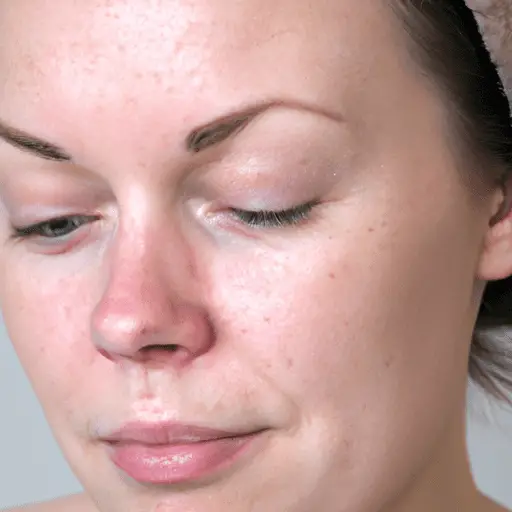Exploring the Causes and Understanding of Rosacea
-
Table of Contents
- Exploring the Causes and Understanding of Rosacea
- Key Takeaways
- Introduction: Unveiling the Mystery of Rosacea
- Unraveling the Causes of Rosacea
- Understanding the Subtypes and Symptoms of Rosacea
- Managing Rosacea: Treatment and Prevention
- FAQ Section: Answering Common Questions About Rosacea
- Conclusion: Demystifying Rosacea
- Key Takeaways Revisited
Exploring the Causes and Understanding of Rosacea

[youtubomatic_search]
Key Takeaways
- Rosacea is a chronic skin condition that primarily affects the face.
- The exact cause of rosacea is unknown, but several factors are believed to contribute to its development.
- There are four subtypes of rosacea, each with its own set of symptoms.
- While there is no cure for rosacea, treatments can help manage symptoms and prevent flare-ups.
- Understanding the triggers and causes of rosacea can help individuals manage the condition effectively.
Introduction: Unveiling the Mystery of Rosacea
Rosacea is a common, chronic skin condition that primarily affects the face. It is characterized by redness, visible blood vessels, and sometimes, small, red, pus-filled bumps. Despite its prevalence, the exact cause of rosacea remains a mystery. This article aims to explore the potential causes and triggers of rosacea, delve into its subtypes and symptoms, and provide a comprehensive understanding of this skin condition.
Unraveling the Causes of Rosacea
While the exact cause of rosacea is unknown, researchers believe that it may be due to a combination of hereditary and environmental factors. Some theories suggest that rosacea may be a disorder of the blood vessels, while others propose that it may be due to an overreaction of the immune system.
Several factors have been identified as potential triggers for rosacea flare-ups. These include exposure to sunlight, stress, hot weather, alcohol, spicy foods, and certain skincare products. However, triggers can vary greatly from person to person.
Understanding the Subtypes and Symptoms of Rosacea
Rosacea is not a one-size-fits-all condition. There are four subtypes of rosacea, each with its own set of symptoms. These include erythematotelangiectatic rosacea (characterized by flushing and visible blood vessels), papulopustular rosacea (characterized by redness, swelling, and acne-like breakouts), phymatous rosacea (characterized by skin thickening and enlargement, usually around the nose), and ocular rosacea (characterized by red and irritated eyes, swollen eyelids, and sty-like effects).
Managing Rosacea: Treatment and Prevention
While there is no cure for rosacea, treatments can help manage symptoms and prevent flare-ups. These may include topical medications, oral antibiotics, laser therapy, and lifestyle modifications. Understanding one’s triggers and avoiding them can also play a crucial role in managing rosacea effectively.
FAQ Section: Answering Common Questions About Rosacea
- Is rosacea contagious? No, rosacea is not contagious. It cannot be passed from person to person.
- Can rosacea be cured? While there is no cure for rosacea, treatments can help manage symptoms and prevent flare-ups.
- Is rosacea hereditary? While the exact cause of rosacea is unknown, researchers believe that it may be due to a combination of hereditary and environmental factors.
- What triggers rosacea? Several factors have been identified as potential triggers for rosacea flare-ups, including exposure to sunlight, stress, hot weather, alcohol, spicy foods, and certain skincare products.
- Can rosacea be prevented? While rosacea cannot be prevented, understanding one’s triggers and avoiding them can help manage the condition effectively.
Conclusion: Demystifying Rosacea
Rosacea is a complex skin condition with a myriad of potential causes and triggers. While the exact cause remains unknown, understanding the condition, its subtypes, symptoms, and triggers can help individuals manage it effectively. Although there is no cure for rosacea, treatments can help manage symptoms and prevent flare-ups, improving the quality of life for those living with this condition.
Key Takeaways Revisited
- Rosacea is a chronic skin condition that primarily affects the face.
- The exact cause of rosacea is unknown, but several factors are believed to contribute to its development.
- There are four subtypes of rosacea, each with its own set of symptoms.
- While there is no cure for rosacea, treatments can help manage symptoms and prevent flare-ups.
- Understanding the triggers and causes of rosacea can help individuals manage the condition effectively.
[youtubomatic_search]


